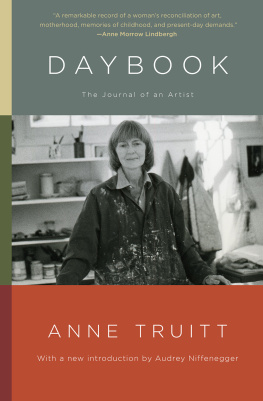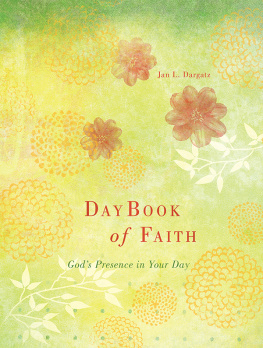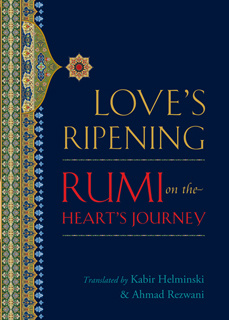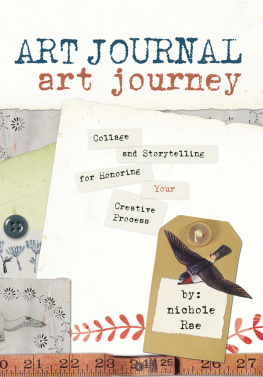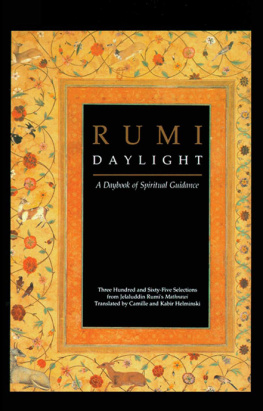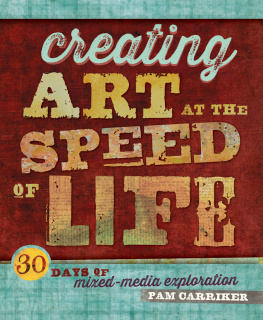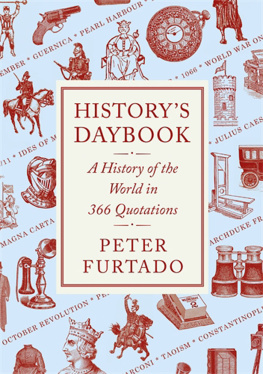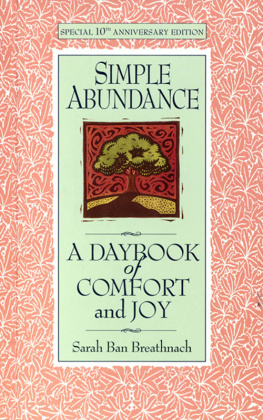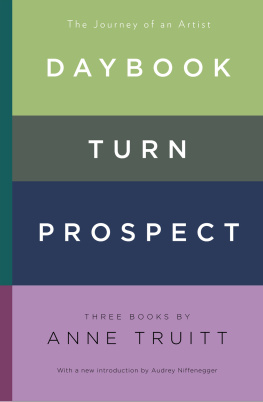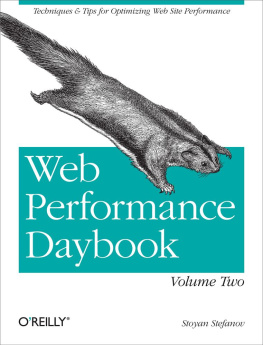Truitt - Daybook : the journal of an artist
Here you can read online Truitt - Daybook : the journal of an artist full text of the book (entire story) in english for free. Download pdf and epub, get meaning, cover and reviews about this ebook. City: United States, year: 2013, publisher: Scribner, genre: Non-fiction. Description of the work, (preface) as well as reviews are available. Best literature library LitArk.com created for fans of good reading and offers a wide selection of genres:
Romance novel
Science fiction
Adventure
Detective
Science
History
Home and family
Prose
Art
Politics
Computer
Non-fiction
Religion
Business
Children
Humor
Choose a favorite category and find really read worthwhile books. Enjoy immersion in the world of imagination, feel the emotions of the characters or learn something new for yourself, make an fascinating discovery.
- Book:Daybook : the journal of an artist
- Author:
- Publisher:Scribner
- Genre:
- Year:2013
- City:United States
- Rating:3 / 5
- Favourites:Add to favourites
- Your mark:
- 60
- 1
- 2
- 3
- 4
- 5
Daybook : the journal of an artist: summary, description and annotation
We offer to read an annotation, description, summary or preface (depends on what the author of the book "Daybook : the journal of an artist" wrote himself). If you haven't found the necessary information about the book — write in the comments, we will try to find it.
Truitt: author's other books
Who wrote Daybook : the journal of an artist? Find out the surname, the name of the author of the book and a list of all author's works by series.
Daybook : the journal of an artist — read online for free the complete book (whole text) full work
Below is the text of the book, divided by pages. System saving the place of the last page read, allows you to conveniently read the book "Daybook : the journal of an artist" online for free, without having to search again every time where you left off. Put a bookmark, and you can go to the page where you finished reading at any time.
Font size:
Interval:
Bookmark:
Thank you for downloading this Scribner eBook.
Join our mailing list and get updates on new releases, deals, bonus content and other great books from Scribner and Simon & Schuster.
C LICK H ERE T O S IGN U P
or visit us online to sign up at
eBookNews.SimonandSchuster.com

I ts a privilege to be invited into an artists studio. In Daybook, Anne Truitt offers up more: her daily life, her thoughts on the making of art, her childhood, her worries (financial, aesthetic, maternal), as well as her studio practice. Her book is a rare and intense offering, a chance to contemplate the joys and sacrifices artists experience.
When I first read Daybook I was an art student. My copy of the book has its yellowed bookmark from the bookshop where I bought it, long defunct. I was a punk girl with magenta hair and a uniform of black trench coat and fishnet stockings; that girl is gone too, replaced by a lady professor who needs reading glasses. But Daybook remains, its thoughtful, cogent sentences are unaltered. My need, my understanding of Anne Truitts experience has changed, though.
As an art student I was searching for women artists who were contrary, steely-minded, committed. I wanted to know how they managed their lives, how they stuck with their art. Art seemed like a difficult calling: how did these women continue, year after year? How did they remain faithful to art?
Now I come to Daybook with different questions. What is success, for an artist? How does an artists personal life influence her art? What is lost and gained as the artist reaches middle age and looks back over her body of work? What does she see when she looks ahead?
Anne Truitt was tough. She considered her life and her art unsparingly. She did her best to present all her selvesartist, teacher, mother, child, divorced woman, bread winner, and eventually grandmotherintegrated or in conflict, as the events of the day demanded. She was born in 1921 and was associated with both the Minimalism and Color Field movements, but was quite independent in her development as an artist. In Daybook she describes her decision to become an artist and her training, which was figurative and grounded in the natural world. She describes a visit to the Guggenheim Museum in New York, where she saw her first Barnett Newman painting: My whole self lifted into it. She went home and began to make the sculptures that were the beginning of her mature work.
Daybook was written just after Anne Truitt had a retrospective exhibit at the Corcoran Gallery of Art. Retrospectives are strange experiences for any artist. The art is considered, curated, gathered and shown in a manner that attempts to be definitive. But if the artist is alive, it can be uncomfortable to be defined. So the journal begins in discomfort and becomes an attempt to regroup, to understand. She writes: The most demanding part of living a lifetime as an artist is the strict discipline of forcing oneself to work steadfastly along the nerve of ones own most intimate sensitivity.
In 2009 I was able to see Anne Truitts work for the first time. The Hirshhorn Museum in Washington, D.C., her home city, organized a posthumous exhibition of her work; she had died in 2004. I was with my editor Nan Graham, who was a friend and editor to Anne Truitt. Walking between the human-scale columns with their subtle colors, I felt humble and bereft. The maker of these sculptures had shaped my ideas about living; I would have liked to thank her. I looked at Nan and thought about the ways we all change each other, the ineffable transfer of experience, wisdom, and love from person to person.
Anne Truitt made art and wrote books. She kept making art until a month before her death. She had a family and she recorded both her creative and her quotidian life, not only in Daybook but in two subsequent books, Turn and Prospect. Her thoughts are still relevant, not only for artists but for creative people of all disciplines.
Her words and her art continue to resonate.
Audrey Niffenegger
February 4, 2013
for Alexandra, Mary, and Sam
I n December 1973, and in April 1974, I was given retrospective exhibits of my work in sculpture and drawing: the first at the Whitney Museum of American Art in New York, the second at the Corcoran Gallery of Art in Washington, D.C., where I live. Walter Hopps was the curator of both exhibits; that is, he reviewed all my work in the most minute detail and, with my cooperation, chose which works were to be shown, and installed the exhibits.
The force of this concentrated and unprecedented attention to my work, and to me, swept over me like a tidal wave. The objects that I had been making for years and years were drawn into visibility and, many of them for the first time, set forth to the public eye. But it was not this aspect of the situation which confounded me. The works stood clear, each in its own space, intact. It was I myself who, the longer and the more intensely we worked, failed to stand clear. I felt crazed, as china is crazed, with tiny fissures. It slowly dawned on me that the more visible my work became, the less visible I grew to myself. In a deeply unsettling realization, I began to see that I had used the process of art not only to contain my intensities but also to exorcize those beyond my endurance, and must have done so with haste akin to panic, for it was a kind of panic I felt when once again inexorably confronted by my own work. Confronted, actually, by the reactivation of feelings I had thought to get rid of forever, now so objectified that I felt myself brutalized by them, defenseless because I had depended on objectification for defense. I also felt that my failure to come to terms with these feelings as I was making the work had deprived me of myself in these most profound depths. It was as if the artist in me had ravished the rest of me and got away scot-free. I had the curious feeling of being brought personally to justice, but obliquely.
These feelings made no sense to me until I came slowly and painfully to the conviction that, although I had been scrupulous in trying to integrate the other areas of my life, I had avoided confrontation with the artist.
This anguish overwhelmed me until, early one morning and quite without emphasis, it occurred to me that I could simply record my life for one year and see what happened. So I bought a brown notebook like the ones in which I made lecture notes in college, chose a special day (the first of a visit to a friend in Arizona), and began to write, sitting up in bed every morning and writing for as long a time as seemed right. The only limitation I set was to let the artist speak. My hope was that if I did this honestly I would discover how to see myself from a perspective that would render myself whole in my own eyes.
As I wrote, my life continued in its ordinary round. I took care of my three children, Alexandra, Mary, and Sam, who at the time (1974) were nineteen, sixteen, and fourteen. I cooked and cleaned and gardened and did all the various duties that fall to the lot of a woman living with her children alone. I tried to be patient with the rhythmical unfolding of my writing, never to second-think it, and as the year went on found myself rewarded when a subtle logic began to emerge. I began to see how my life had made itself as I was living it, how naturally and inevitably I had become an artist.
In 1978 my first grandchild was born and I felt moved once more to write, this time with the idea that I might be able to illuminate for myself the painful confusion I felt during the transition my children made as they moved into adulthood, away from me.
Next pageFont size:
Interval:
Bookmark:
Similar books «Daybook : the journal of an artist»
Look at similar books to Daybook : the journal of an artist. We have selected literature similar in name and meaning in the hope of providing readers with more options to find new, interesting, not yet read works.
Discussion, reviews of the book Daybook : the journal of an artist and just readers' own opinions. Leave your comments, write what you think about the work, its meaning or the main characters. Specify what exactly you liked and what you didn't like, and why you think so.

